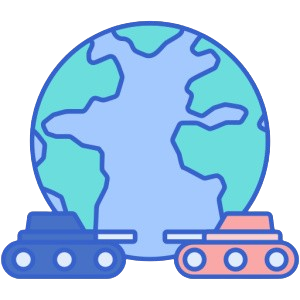we were given a perfect planet
. . . so why does mankind seem so hellbent on destroying it?

whats gone wrong?
In today’s increasingly challenging world, many people feel overwhelmed by the problems they face. This sentiment echoes Jesus Christ’s prophecy about our times, as recorded in Luke 21:25: “On the earth, nations will be in anguish, not knowing the way out.”
This ancient prediction captures the current state of widespread uncertainty and distress in the world today.






